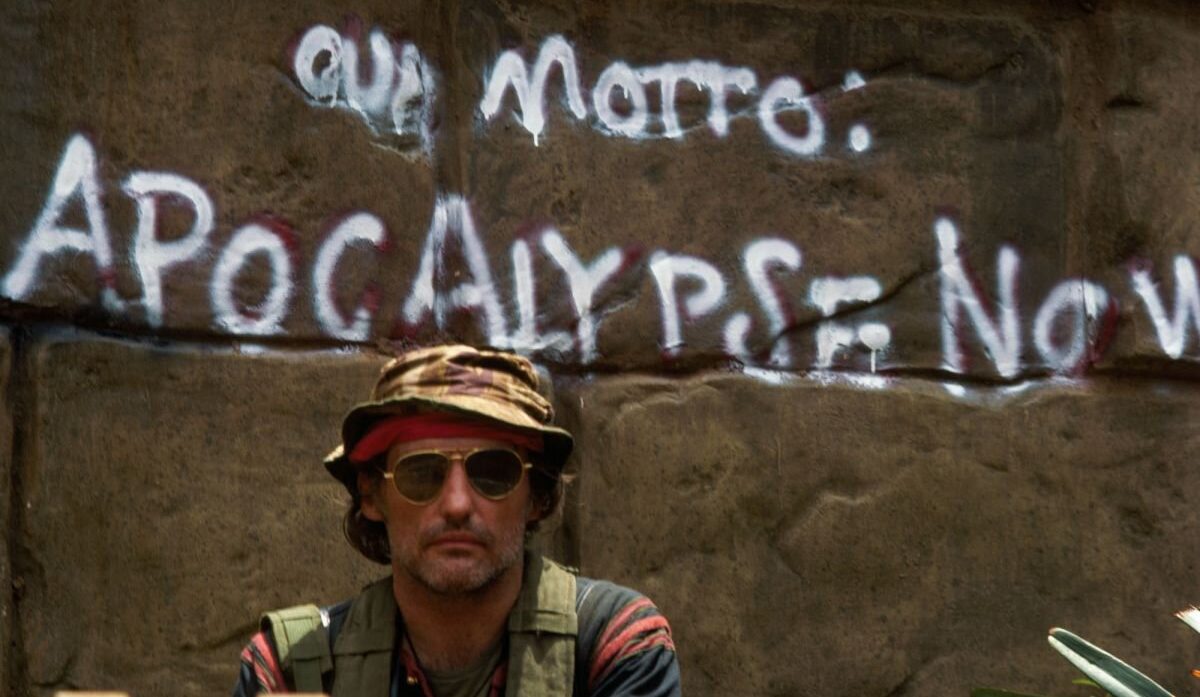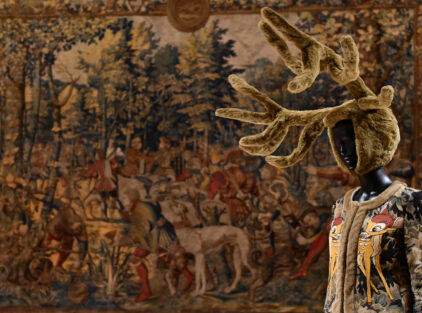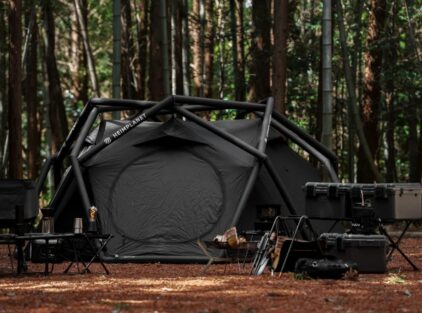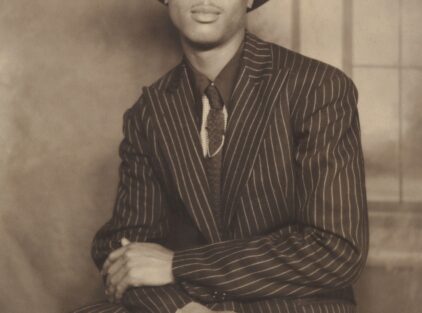“My film has nothing to do with Vietnam. “It’s Vietnam.” Francis Ford Coppola chose to use these words to describe his masterpiece “Apocalypse Now” during the press conference of the 1979 Cannes Film Festival, where it premiered. It may be considered by many to be a ludicrous statement, but Vietnam War was a conflict that lasted longer than anyone expected (1955-1975), was full of barbarism and drugs, affecting the psychosynthesis of those involved. The same words could be written for Coppola’s film.
Therefore, in this article, we will undertake to bring to light some of the behind-the-scenes details of one of the greatest war films of all time, the one that almost ruined the career and life of the director and everyone around him.
George Lucas was the original director
In 1969 Coppola and George Lucas founded the American Zoetrope studio. Their plan was to use the studio to get funding outside of Hollywood, in order to make films that otherwise they could not. “Apocalypse Now” was the starting point.
The screenplay was edited by the veteran John Milius and was based on the book “The Heart of Darkness” by Joseph Conrad, with the only difference that the central theme would be Vietnam, where the war was raging at the time. Coppola’s idea was to direct it by Lucas, but finding funding was more difficult than expected. The film went on hold and Coppola accepted a job from Paramount Pictures, directing the iconic “The Godfather” (1972), thus saving his studio from bankruptcy. The commercial and Oscar-winning success of “The Godfather” brought the film back to the forefront in 1976, which George Lucas would eventually miss because he had undertaken a new project entitled “Star Wars”.
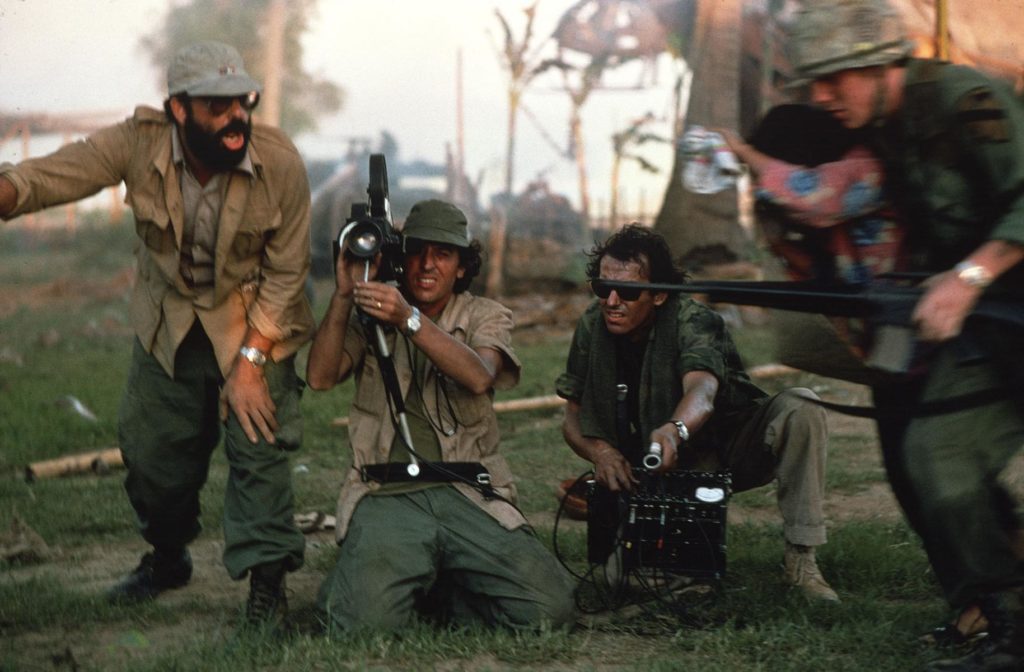
Harvey Keitel was the original lead for Colonel Willard
The war was over and the story of the film was modified in such a way to be an open and fierce discussion with the viewers about the barbarity and nonsense of the war. The location of the shooting was set in the Philippines and the budget would amount to 12 million dollars. In short, the story follows Colonel Benjamin Willard, who is ordered to find and assassinate the insane former Colonel Walter E. Kurtz, who conducts illegal operations in neutral Cambodia. Coppola’s first choice for Kurtz was Orson Welles, who eventually turned down the role, and Marlon Brando’s second, who could not decide.
Similarly, the role of Willard was turned down by Pacino and Steve McQueen, before Harvey Keitel was finally cast. But that proved to be temporary, as two weeks after filming, Keitel’s performance was judged to be too intense for the character he was playing and was replaced by Martin Sheen. Unfortunately, this was also the worst time for Sheen.
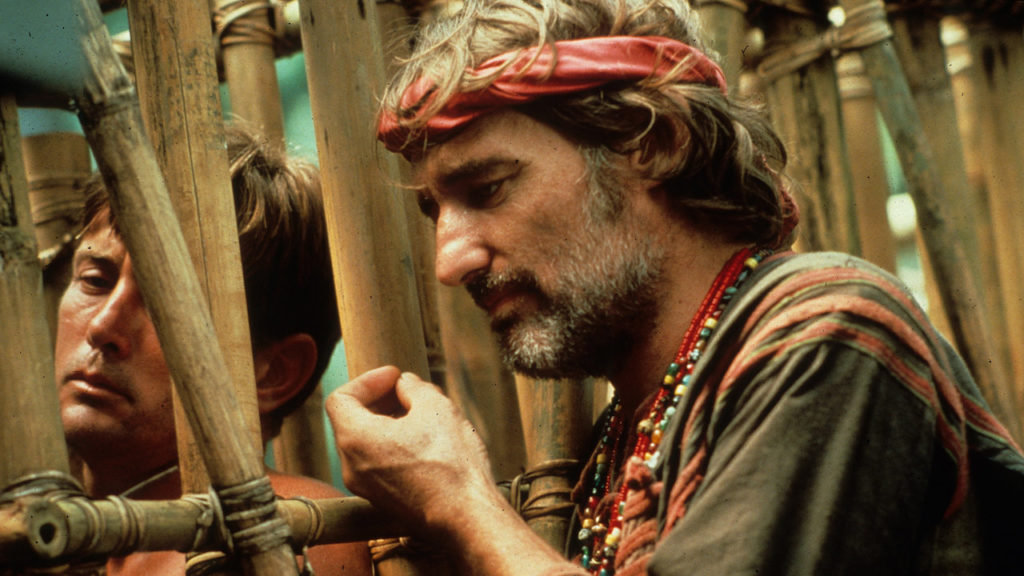
Drugs were plentiful
Sheen arrived on set with alcohol problems and on a fragile psychological state, which Coppola was willing to take advantage of. In fact, for shooting a scene, Sheen got drunk even for two days.
His protagonist may have always been in alcoholic dizziness, but he certainly was not the only one. Coppola and many members of the cast and crew were either drunk or taking drugs during filming. Actor Sam Bottoms was taking huge amounts of LSD and marijuana and the legendary Dennis Hopper was taking a daily drug and alcohol treatment that could kill him at any time: half a gallon of drink and many grams of cocaine. The parties were raging until late at night and it began to become apparent that the completion of the film would take a little longer than expected. That was when the real problems started.
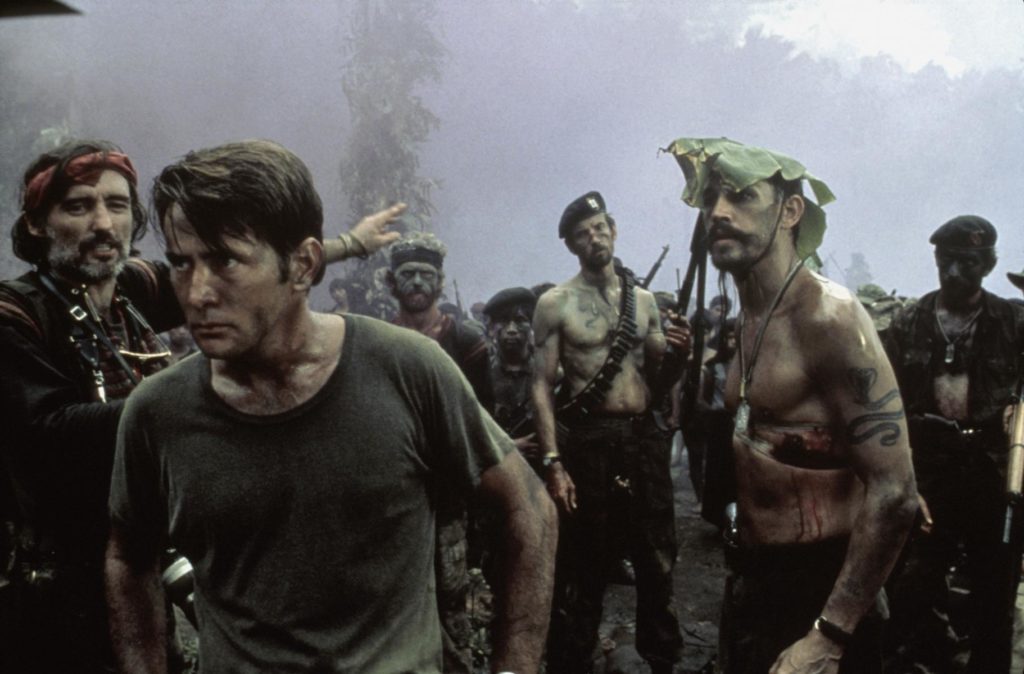
Production experienced many problems
As Sheen began to collapse psychologically, there was a forced shooting break. A hurricane hit the area, destroying many expensive sets and forcing the cast and crew to return to the United States. Sheen, for his part, was very reluctant to do so. He was eventually persuaded to return and as soon as he did he suffered a heart attack and a nervous breakdown.
The difficulties, however, had no end. Unable to secure the Pentagon’s support, Coppola turned to Philippine President Ferdinand Marcos for the supply of helicopters and military equipment, which Marcos eventually took back when he needed it for real military operations. Tropical diseases were not lacking, and the money fluttered, threatening to bankrupt the American Zoetrope studio and the director himself.
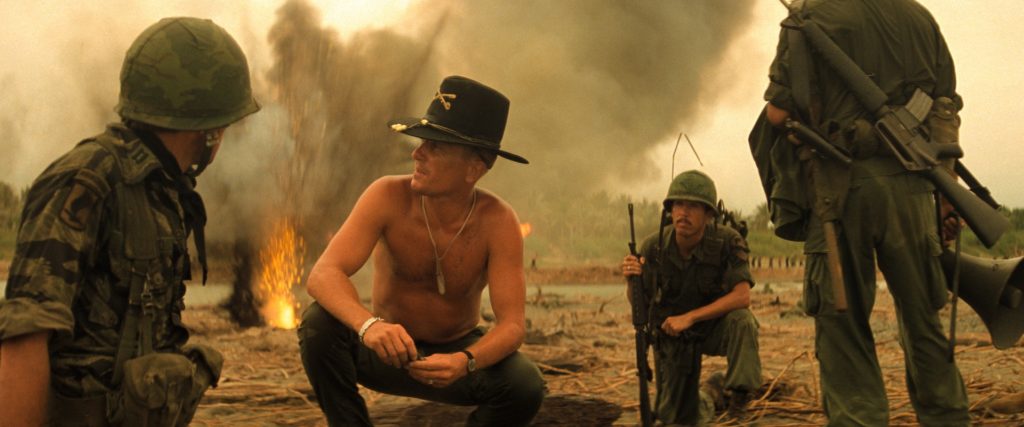
Coppola threatened to kill himself three times
As the production began to spiral out of control, the director was forced to take drastic measures to keep the cameras rolling. The initial budget was obliterated in less than 3 months from the start. Coppola had to mortgage his house and winery to the bank to raise $ 30 million – $ 120 million in current money – to put it on film.
Coppola blamed himself for Sheen’s heart attack, which caused him a nervous breakdown and an epileptic seizure. The production burdened the director so much mentally that in at least three different cases, he attempted suicide. He would later say: “We were in the jungle, there were too many of us, we had access to a lot of money and a lot of equipment and we were slowly going crazy.” Hopper agreed, telling the press: “Ask anyone who was there, we all felt like we were in a war.”
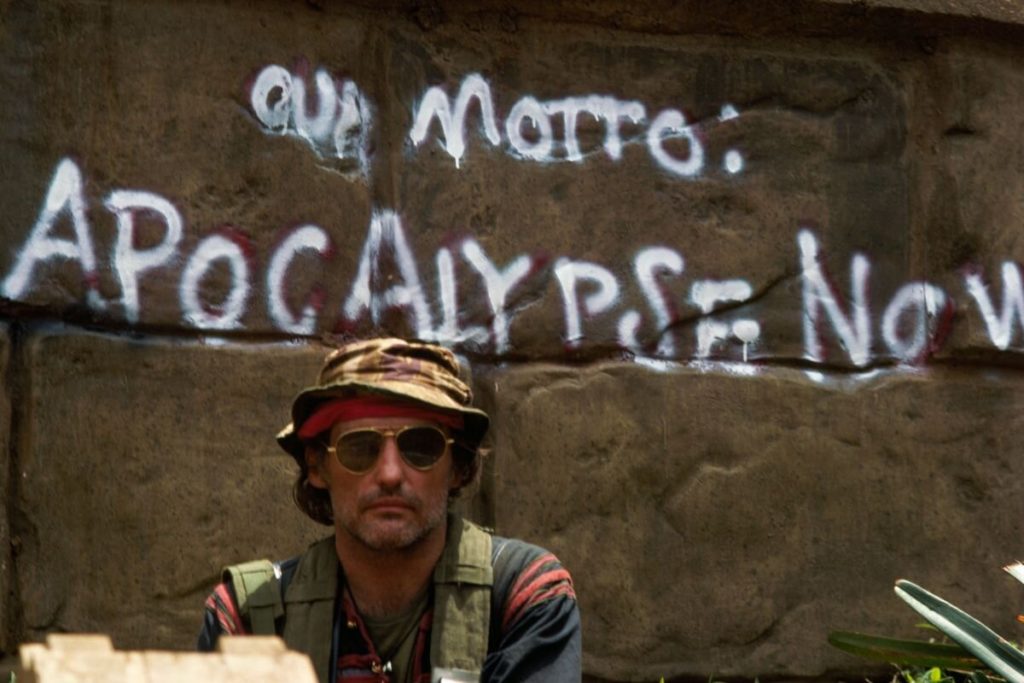
Marlon Brando was a nightmare
Colonel Kurtz made his appearance at the end of the film, but when Brando arrived on set to shoot the scenes, everyone realized there would be a problem. Brando was clumsy, overweight, and had not read the script or the novel. He did not bathe, he was always drunk, and he refused to be on the set with Hopper, whom he couldn’t appreciate.
Brando’s unexpected appearance changed the director’s plans. She decided to present him as a mysteriously big man who would always appear in the shadows. The problem, however, was that the actor could not remember the words of the script, so Coppola was forced to record his improvisations and then add them to the text. Then, through a headset, Brando heard the lines and rendered them in his special way.
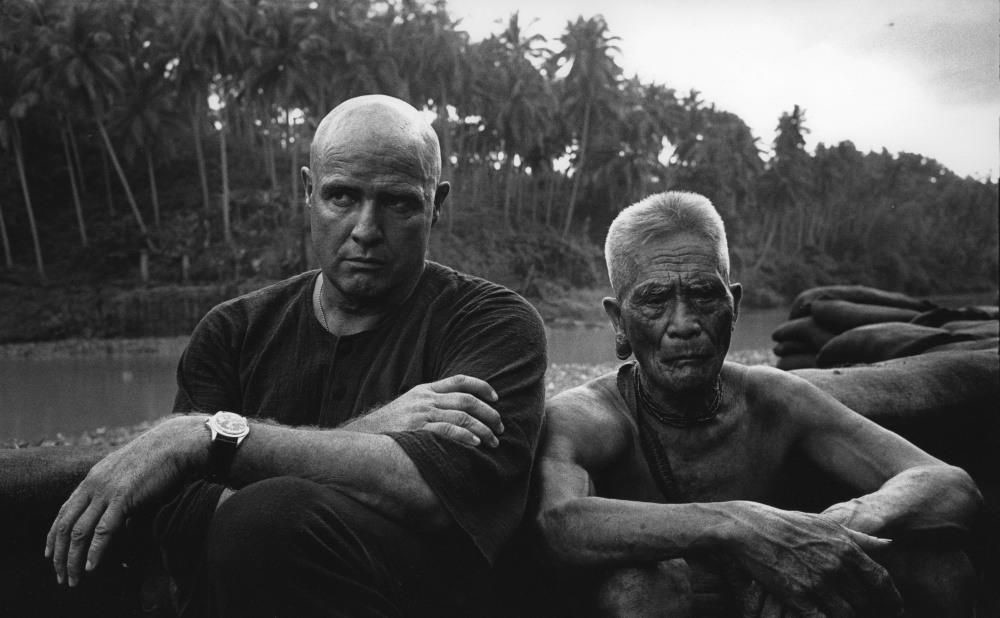
Dead bodies are real
Perhaps more than any other war film, “Apocalypse Now” accurately depicts the horror of war. When Willard and his crew arrive at Kurtz’s hideout, they are confronted with a terrifying scene involving dead bodies hanging from the trees. According to the co-producer, production designer Dean Tavoularis, to give a more realistic touch, secretly decided to put real dead bodies. He had obtained them from a local man who was involved in the supply of corpses to medical schools and who, as it turned out, was a robber.
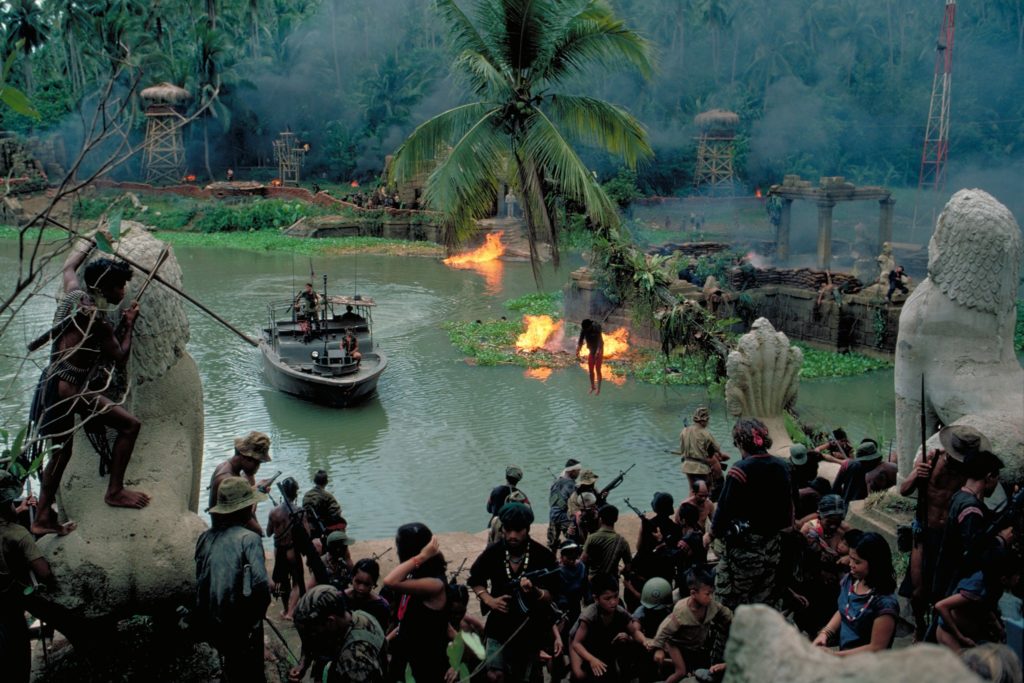
The film took ten years to produce
It took 10 whole years from Lucas and Coppola to the first screenplay of Milius in 1969 to the final release of the film. The planned 12-week filming finally lasted 68 weeks and the budget of 12 million almost tripled. In fact, after the completion of the shooting, it took an additional 2 years of editing.
